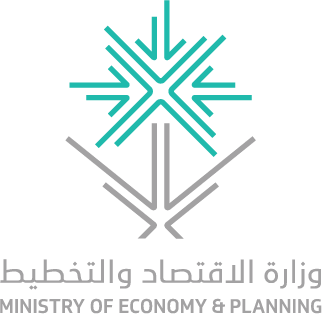MARKET INSIGHT
A deep dive look into the sectors
Select a Sector
Industry Renewable Energy Manufacturing
Renewable Energy Manufacturing
MARKET INSIGHT
Segment Rational
RATIONAL
The Renewables manufacturing cluster represents a promising opportunity for the Kingdom to capture additional value of the domestic and regional forecasted demand. The domestic market for Renewables is poised for growth due to the Kingdom’s ambitious objective to reach 50% of its energy needs through Renewable energy by 2030, a contribution 4x bigger than that of Germany, which currently has the biggest share of Renewable energy globally at 13% . KSA is reaching global records in terms of LCOE of Renewable energy Beyond this ambitious utilization of Renewable Energy in the domestic market, there is also a great opportunity to manufacture and export Renewables equipment to address the increasing needs throughout the MENA region.
Segment Trends and Value Proposition
SEGMENT TRENDS
Falling levelized cost of energy.
R&D Evolving technologies.
Energy self-sufficiency and competitiveness.
Value Proposition
• The kingdom’s location is one of the best locations worldwide for solar energy production.
• Saudi Arabia Renewable Energy capacity is expected to reach around 50% of the Energy Mix to produce electricity by 2030.
• The regional solar market is expected to reach USD 18 bn by 2030.
Segment Value Chain
Global Renewables Generation Capacity
•Solar and Wind are growing globally, however CSP remains small with moderate growth.
Global Electricity Generation by Fuel Type (Stated Policies)
Globally, Electricity supply continues a major shift towards low-carbon sources; share of fossil fuels to fall below 50% in 2040.
Solar and Wind Installed and Planned Capacities
This trend of Solar & Wind energy is increasing globally, but more so regionally with favourable conditions and growing demand.
MENA Wind and Solar Market
Key insight:
•Regional growing at double digit rate in both Wind and Solar PV.
• Growths in GCC steered by UAE, with strong pipeline in Solar PV and CSP.
• Ambitious renewables deployment targets exist in many GCC/MENA countries which would promote local manufacturing.
• CSP technology however not yet cost competitive, Solar PV has reached below grid parity.
Regional Renewables Generation Capacity
Drivers:
• Regional governments are setting clear objectives to address climate change (e.g., KSA to achieve 50% of energy mix by 2030, including Solar and Wind).
• Large scale projects such as NEOM are demand drivers and renewable energy parks are planned to be deployed across KSA.
Key highlights:
• KSA has reached global record low LCOE.
• Regional reference: UAE alone added 1 GWh in 2019; manufacturing hubs with focus in RE can be planned.
Direct Normal Irradiation Level Breakdown by Country
Saudi Arabia is in front of a unique opportunity to decrease reliance on oil and become a solar energy market leader.
MENA Wind Market
MENA Solar Market
Global Capacity of Energy Storage
The data and information provided through Daleel platform are for indicative purpose, the provided data and information can be assessed further and analyzed as part of the feasibility studies. In addition, following are other key sources of information that can be used for business case development.
Key Sources for Data

National Geological Database
Reliable national geological and topographic data repository for the whole kingdom of Saudi Arabia including geological and topographic maps, Mineral Occurrences Documentation System (MODS), geochemistry and geophysics data, borehole data, surface samples data and more.

Invest Saudi
For information about investment opportunities in the kingdom to both foreign and domestic investors, as well as private sector businesses please visit Invest Saudi
Tariff Rates and Data
Through the website of the Zakat, Tax and Customs Authority, you can find the tariff rates and data for all kinds of products.

Import Data
Through the website of General Authority for Statistics, you can find detailed data on Import Statistics for all kind of goods.

Export Data
Through the website of General Authority for Statistics, you can find detailed data on Export Statistics for all kind of goods.

Factories Directory
The Factories Directory is provided by the National Industrial Information Center to enable the user to inquire about factories in the Kingdom by activity, production and location, in addition to other data and information.

Ministry of Economy And Planning
A unified platform to present and analyze the latest economic and social the kingdom and its regions in visually interactive ways that facilitate understanding of the Saudi economic landscape.